Amid all the headlines about the Senate health care bill, it was easy to overlook an act of bipartisanship in, of all places, the House Natural Resources Committee.
This week, the committee passed the American Soda Ash Competitiveness Act with votes from both parties, something that is becoming increasingly rare, particularly in the House.
But unfortunately, doling out taxpayer subsidies is one area where there is a long history of lawmakers overcoming partisan differences. If this little-known bill becomes law, taxpayers could lose more than $150 million in royalty revenues over the next five years providing subsidies for the profitable soda ash industry. So much for getting a fair return for taxpayer-owned resources.
Soda ash is a basic chemical used in many industrial products including glass, soap and detergents. The world’s largest deposit of soda ash is found in Wyoming, where 47 billion tons of recoverable soda ash have been identified by the United States Geological Survey. From that deposit and others in California, more than 11 million tons of soda ash is currently produced in the U.S. every year.
For today’s taxpayers, the bill should be deja vu. In 2006, Congress passed legislation that included the Soda Ash Royalty Reduction Act, which provided royalty relief for soda ash produced on federal lands. Instead of paying 6 percent on soda ash mined on taxpayer-owned lands, the industry was allowed to pay only a 2 percent royalty through 2011. The royalty relief package was intended to spur the industry and create jobs. Instead, it cost taxpayers more than $150 million in lost revenue and total U.S. production actually decreased during the same time period.
In the end, what little the 2006 law did was incentivize the industry to shift production to cheaper federal lands over state or private lands that required higher royalty payments. The hit to state coffers was twofold; they not only lost revenue on their share of federal royalties for production on federal lands, but also saw a decrease in production on state lands, costing states $110 million over the five-year life span of the law.
Since the law expired in 2011, total U.S. soda ash production has actually increased. According to United States Geological Survey, the soda ash industry is already slated to increase (without royalty relief) both its production and exports over the next three years. This is an industry that has had consistent production and demand, with reduced competition.
The soda ash industry has a very limited number of producers. There are a total of five companies in the United States that produce soda ash. Four are located in Wyoming and one in California. As a whole, the U.S. soda ash industry is more than 50 percent foreign-owned. Valued at roughly $1.8 billion in 2016, U.S. soda ash operations are sizable, but they seem to have an outsized ability to get lawmakers from both sides of the aisle to do their bidding.
With so many pressing needs – from figuring out an economically and politically palatable set of fixes to heath care, to working towards meaningful tax reform – it is disheartening to see lawmakers focus on addressing the desire of a single industry to get more money from taxpayers. The good news, however, is that there is still time to learn from past mistakes and stop this wasteful bill from becoming law.

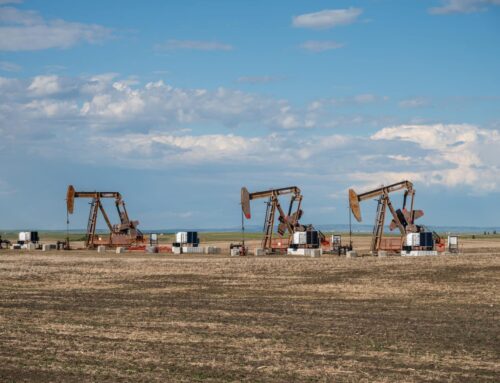
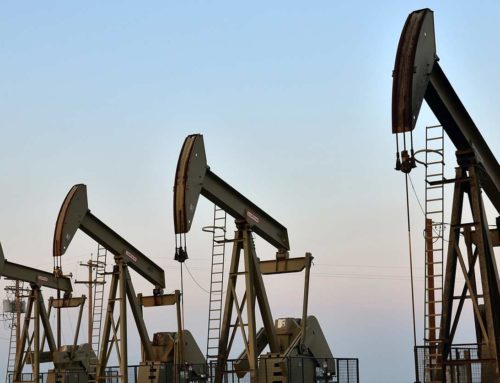
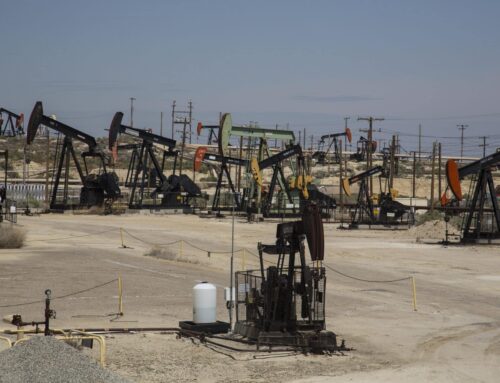
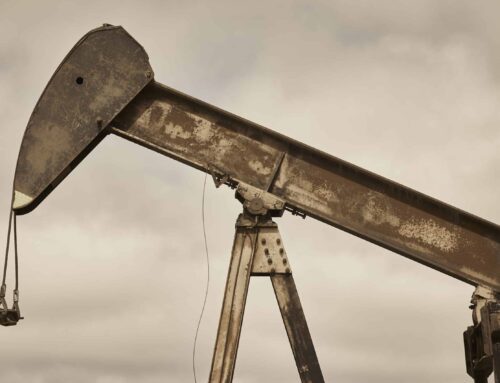
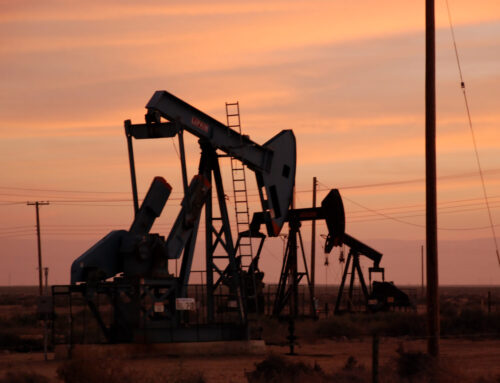
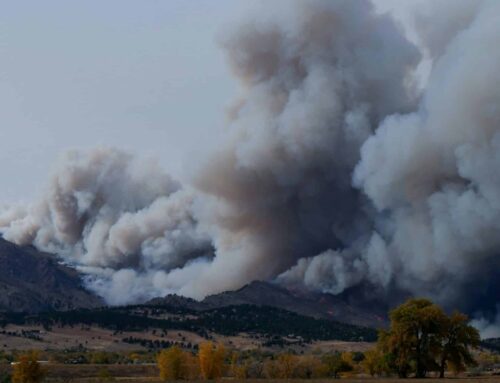





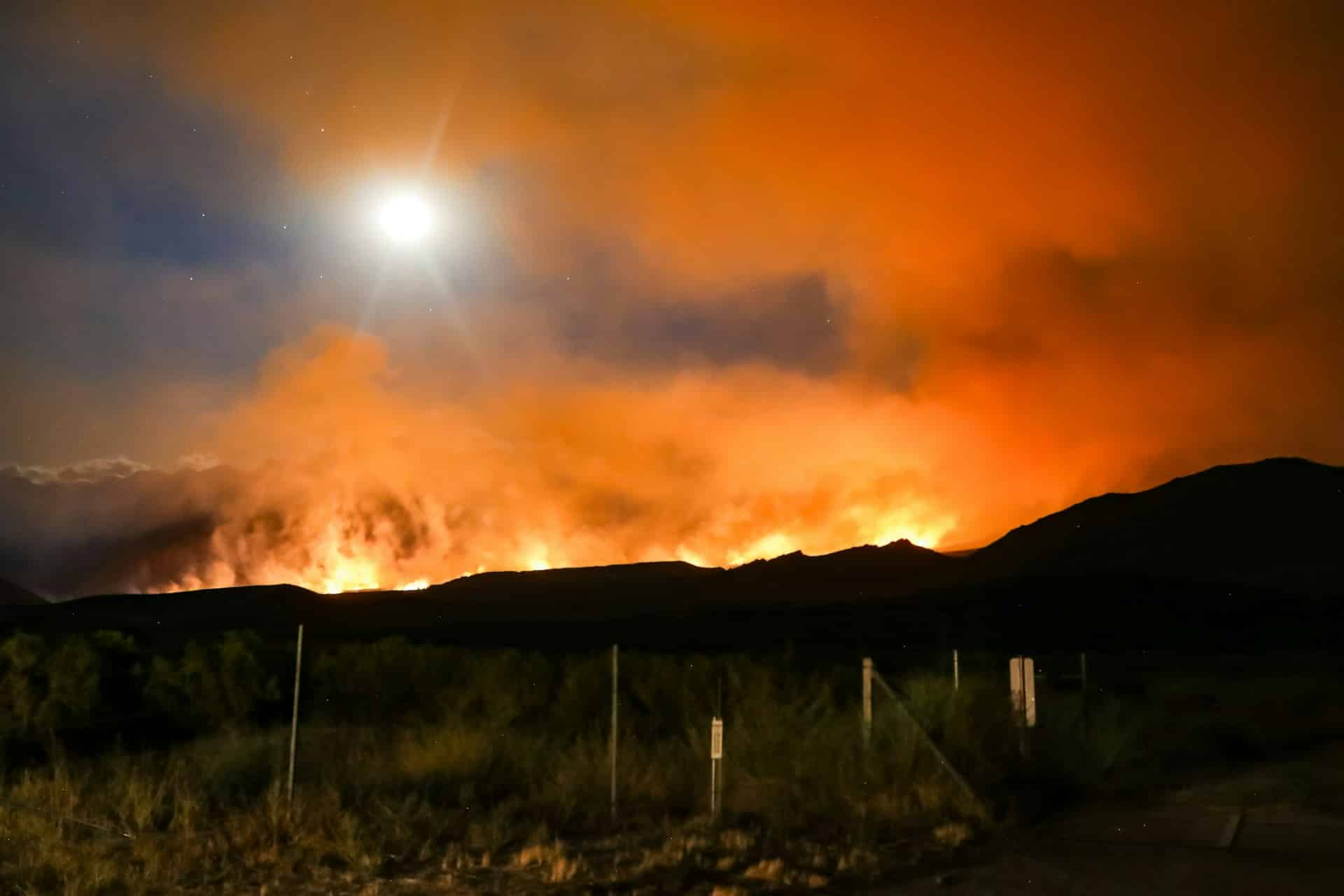
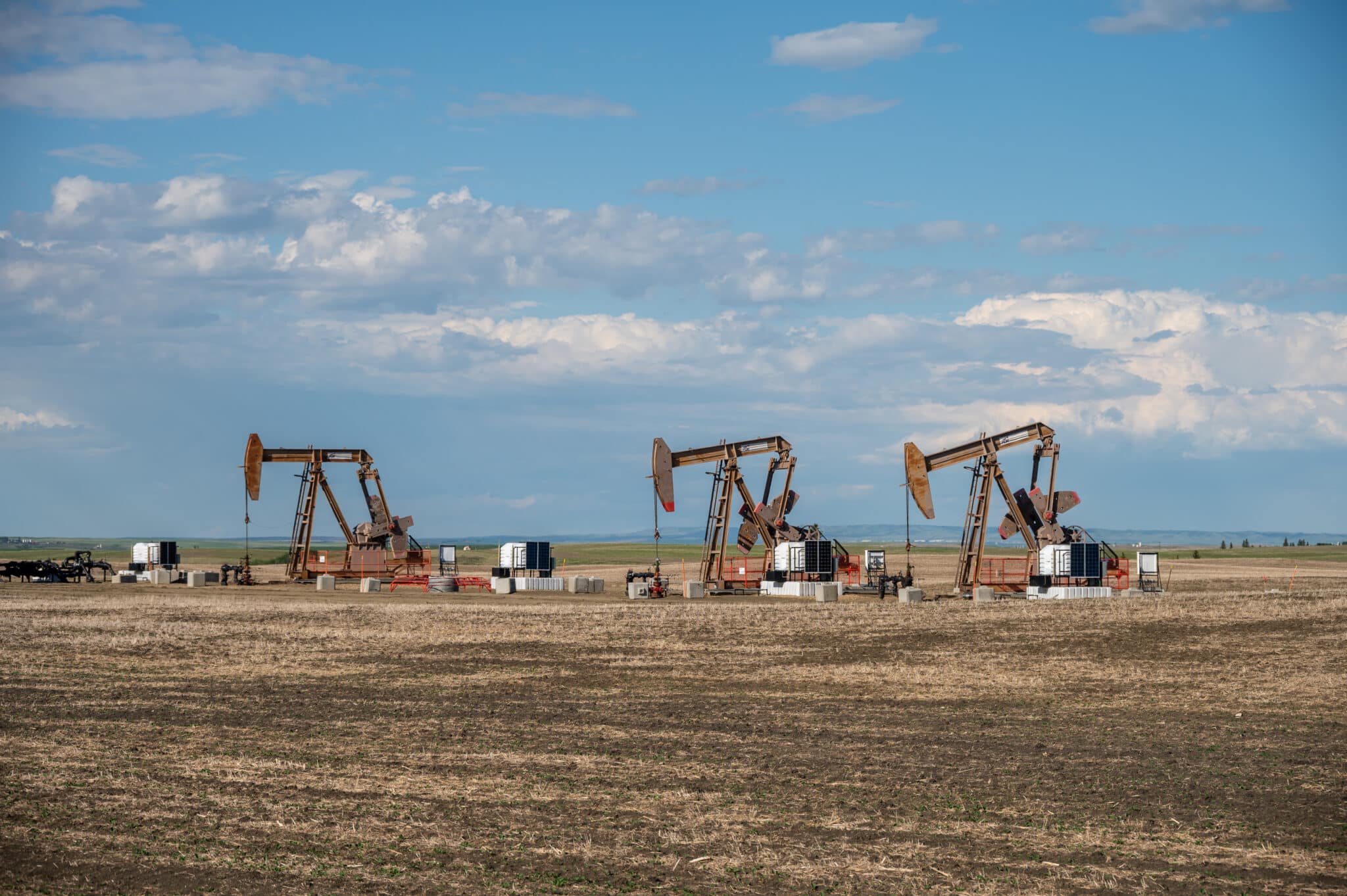
Get Social